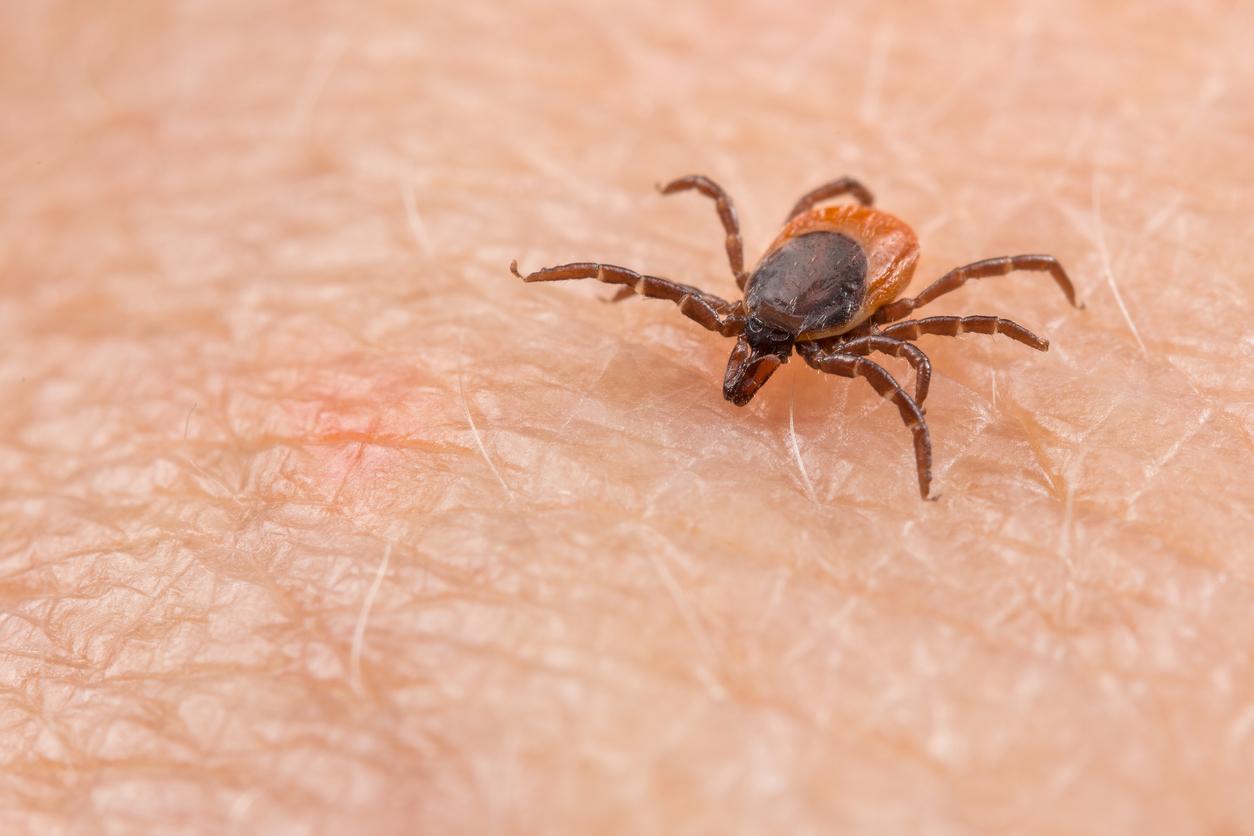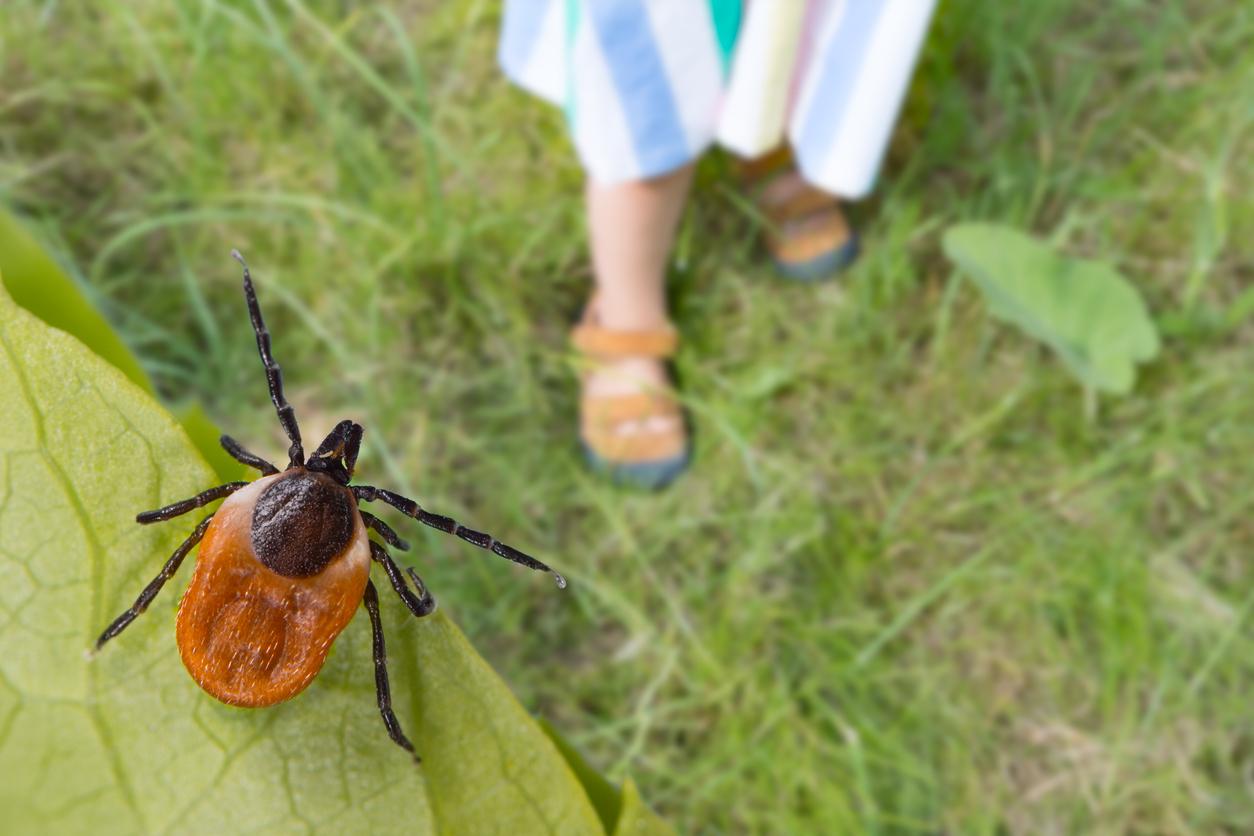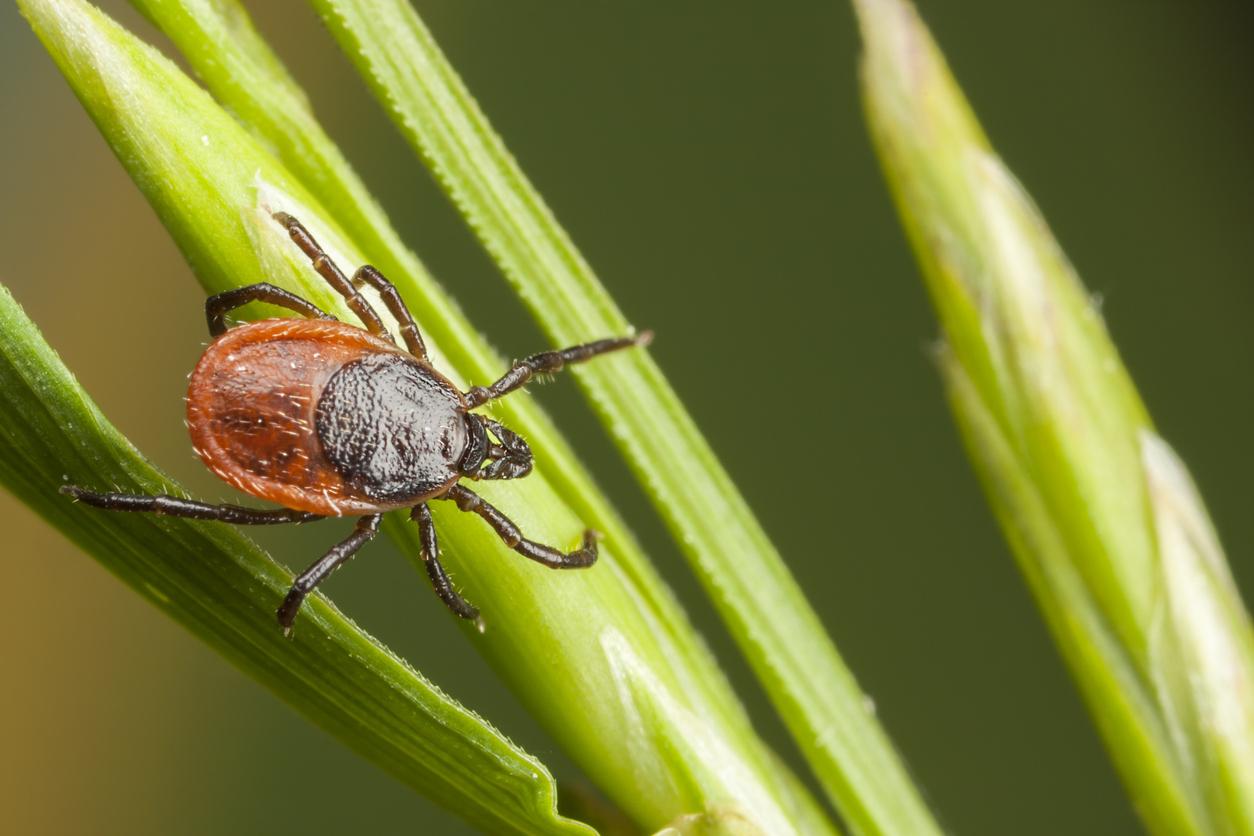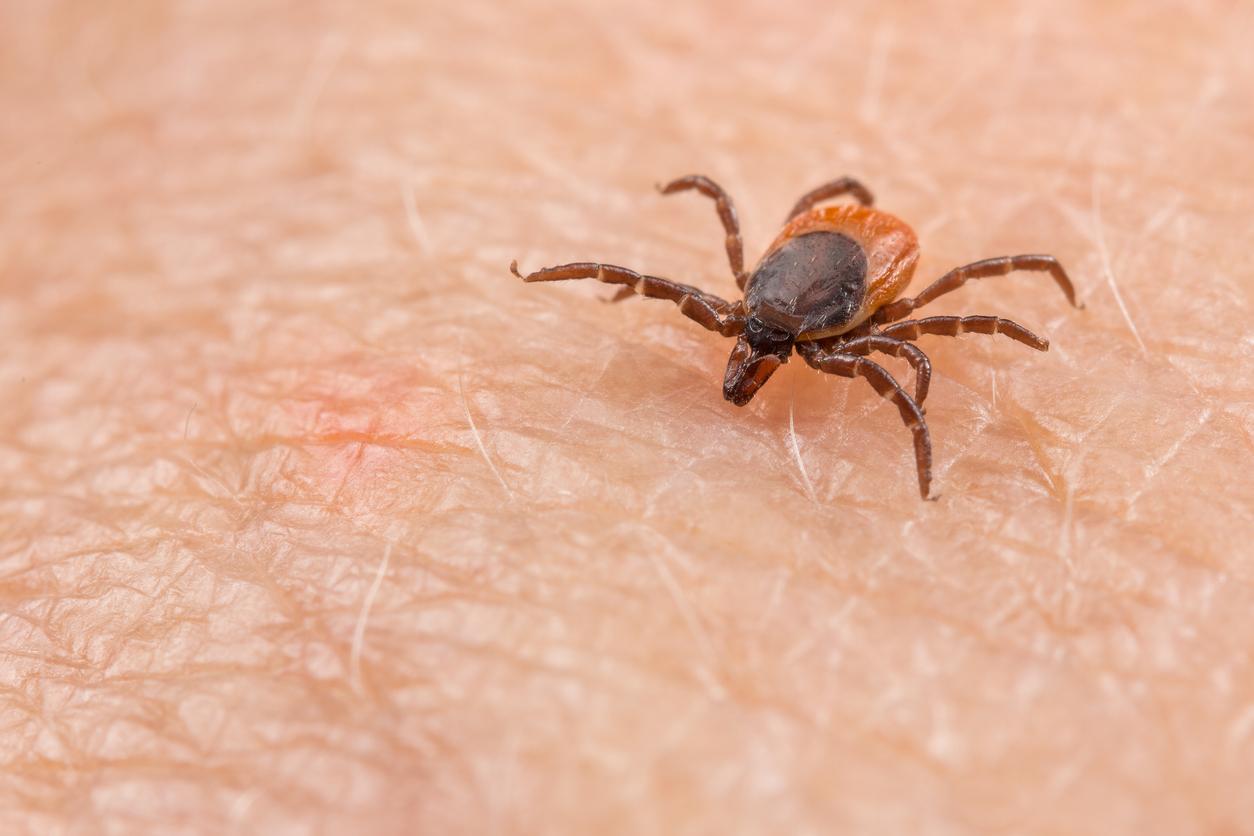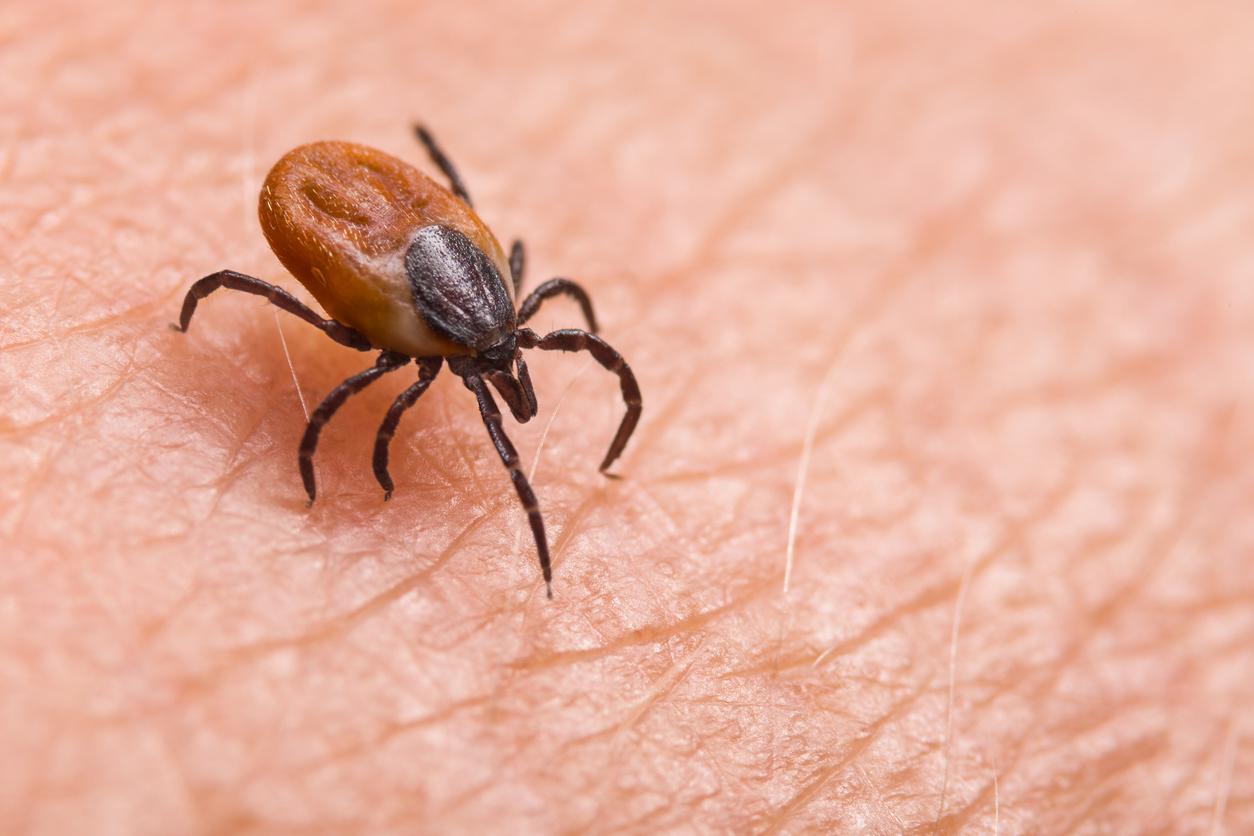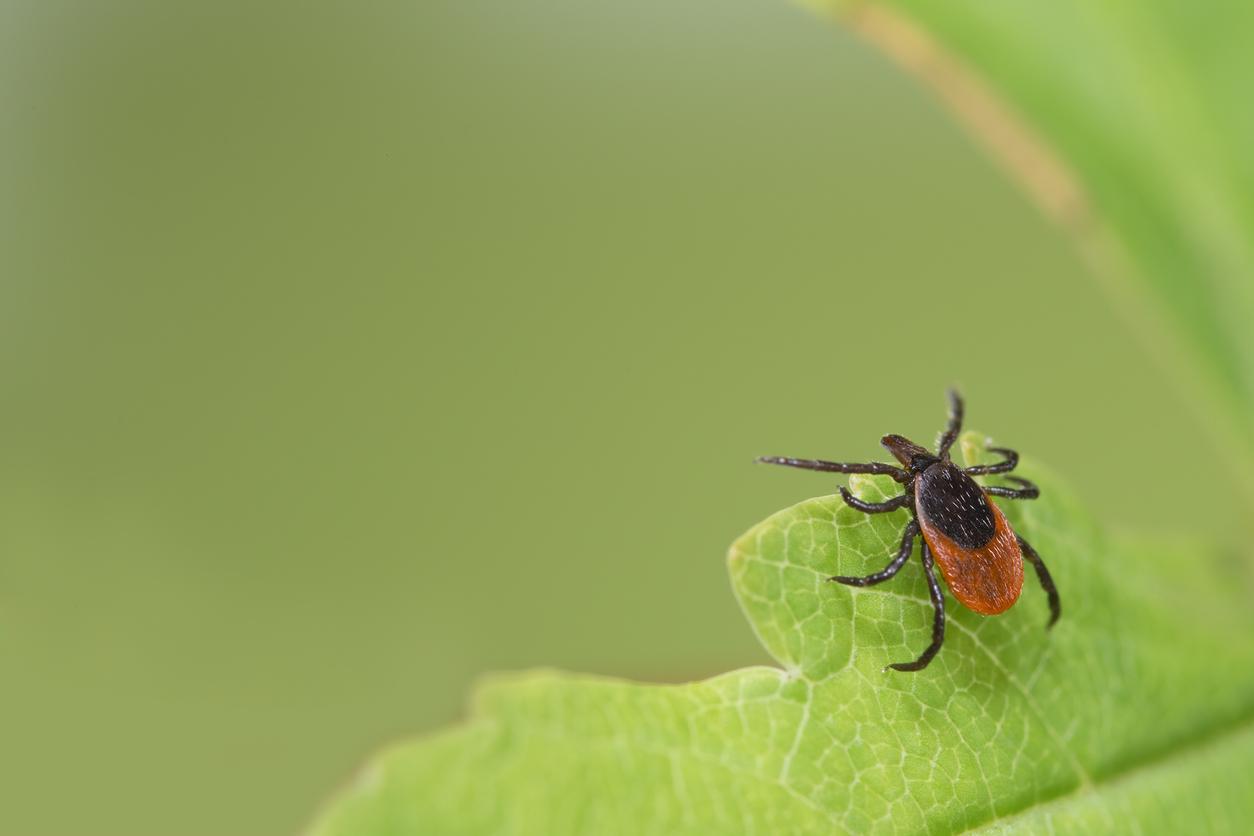Twice as large as their European counterparts, these ticks from North Africa and Asia are able to pursue their prey and can carry Crimean-Congo hemorrhagic fever.
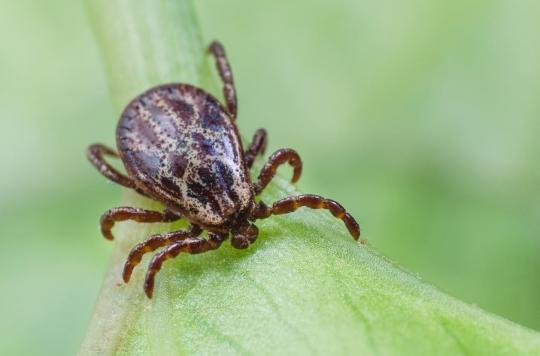
hyalomma marginatum. Behind this somewhat barbaric name, hides a species of ticks to give nightmares, especially since it has just been spotted in Europe.
Its particularities? Twice as big as Ixodes ricinus, European ticks, these specimens originating from North Africa, Southern Europe and Asia are recognizable thanks to their striped legs and their size: they can reach up to 2 centimeters. But what is likely to give you cold sweats is their behavior. Unlike native ticks, hyalomma marginatum do not wait patiently to bite their prey: on the contrary, they are able to pursue them for almost 100 meters in order to drink their blood.
About fifty specimens spotted in Europe
Spotted locally in Northern Europe since 2012, these giant ticks are increasingly present in our temperate regions due to global warming. The last report dates back to July 13 in the village of Odoorn, in the north of the Netherlands, where the presence of the tick hyalomma marginatum was found by the European Center for Disease Prevention and Control (ECDC). The previous week, another specimen had been located 150 kilometers away, in the Achterhoek region.
“Several one-time recordings have been reported […] in Finland, the Netherlands and the United Kingdom but they do not represent an established population”, indicates the CEPCM on his site.
And France is not spared. In 2017, several specimens were thus discovered in all the Mediterranean departments, except the Alpes-Maritimes.
But how do these ticks, with their relatively small size, manage to travel such long distances? As explained in Parisian Muriel Taussat, head of the Animal Health Department of the National Institute of Agronomic Research, “ticks travel in particular from one country to another by infecting migratory birds. It therefore happens that ticks are detected in areas away from their usual regions, without necessarily finding the conditions there to develop over several life cycles.”
A risk of hemorrhagic fever
But if these ticks are so worrying, it’s not just because of their size or their mode of predation. It is also because they can carry the Crimean-Congo hemorrhagic fever virus (CCHF), which causes outbreaks of severe viral hemorrhagic fever and for which there is currently no vaccine. According to the World Health Organization (WHO), the mortality rate is estimated at 10 to 40%.
However, there is no need to worry too much: for the time being, the virus has not been detected on any of the giant tick specimens found in northern Europe. “For a tick to be contaminated, it must have fed on the blood of an animal or a human who is himself sick, explains Muriel Taussat. And then it would have to be transported to France by a migratory bird… Of course, we cannot totally exclude this risk. But there is nothing to be alarmist at the moment.”
.









